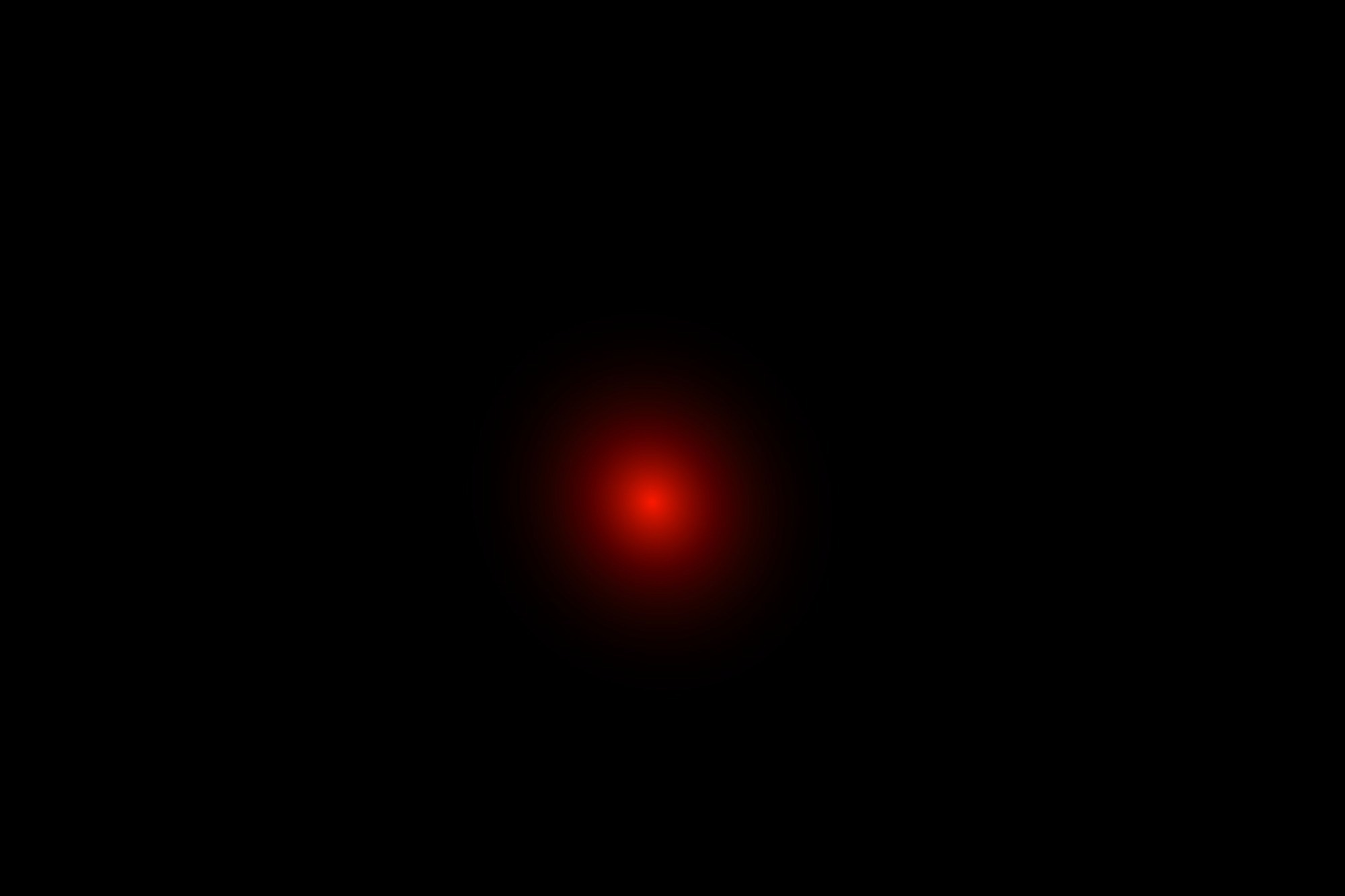In an article recently published in the journal Universe, researchers proposed the argument that the Barrow entropy correction must be minimal, with a possible exception at the Planckian regime, based on thermodynamic stability that sufficiently large black holes must not fragment.
 Study: Thermodynamic Constraints on Black Hole Entropy Modifications. Image Credit: Andrea Izzotti/Shutterstock.com
Study: Thermodynamic Constraints on Black Hole Entropy Modifications. Image Credit: Andrea Izzotti/Shutterstock.com
Background
Barrow proposed that quantum gravitational (QG) effects transform black hole horizons into a fractal-like structure called a sphere-flake. Both quantum and classical considerations suggest that the Barrow entropy index (δ) must vary with energy for Barrow's entropy formulation to be accurate, significantly impacting early universe dynamics.
Interestingly, Barrow's correction offers a unique quantum modification distinct from typical QG adjustments. This difference is crucial as it may unveil new, less dominant corrections to the standard logarithmic alterations, potentially exposing new physics beyond the established models.
Astrophysical black holes show exceedingly small δ values. Theoretically, δ is expected to rise as black holes shrink towards the Planck scale and approach zero for significantly large black holes. Therefore, an aging black hole's horizon would increasingly become 'wrinkled' as it loses mass via Hawking evaporation. Nevertheless, a critical unresolved issue is the upper boundary of the BEI.
Previous studies have modeled the early universe's cosmology by hypothesizing an exponential decline in δ with the universe's expansion. In scenarios where a mass scale M∗ significantly exceeds 1, any mass M ⩾ M∗ can be deemed large, and the conventional area law would not hold for black holes below this threshold. Although it's a less likely scenario, it is essential to note that δ would still remain minimal.
The smallest ever observed black hole is of the order of a solar mass. If M∗ = M⊙, then the value of δ could potentially be much larger for black holes with mass less than M∗. Such a δ could be constructed smoothly through bump functions with randomly small transition widths. In this work, the authors investigated how large δ can be in such a scenario.
Bounding BEI with Black Hole Fragmentation
The authors showed that black holes with mass M* cannot remain stable, and such a black hole would fragment into two parts/black holes with a slightly smaller mass. They compared the initial entropy with the final configurations' entropy, whose BEI was denoted by δf.
The initial BEI δi ∼ 10-80 for M* = M⊙ was neglected. Fragmentation could only occur when the final configuration was entropically favored. The fragmentation occurred when δf ≳ 0.00787 for M* = M⊙. However, the observation of black holes with M ∼ M⊙ implied that δ ≲ 0.00787. The authors did not consider fragmentation into a higher number of black holes to obtain a better bound.
The δ's upper bound can be increased if even smaller black holes are observed. However, for M* = 102, which is only 100 times greater compared to Planck mass, the result was δ ≲ 0.13388. Thus, the introduction of cutoff mass M* did not allow δ to be greater than O(0.1).
Importance of the Work
This research primarily illuminates the significant link between the fragmentation of black holes and deviations from the standard area law. Secondly, the bound δ ≲ O(10-3) derived from the fact that a solar-mass black hole does not fragment/is stable lies surprisingly in the similar range as the bound obtained from different cosmological considerations by assuming fixed δ/BEI, which indicates that a running δ does not increase its allowed value from thermodynamic stability.
The methodology and insights from this study are also applicable to other entropy frameworks. For instance, similar results can be translated to Tsallis entropy, which shares a form close to Barrow's entropy. Furthermore, this approach can be extended to analyze Kaniadakis entropy, which presents a different formula: SK =1/K sinh (4πKM2), where K < 1 is the Kaniadakis parameter that is typically assumed to be non-negative for a Schwarzschild black hole of mass M. If K is assumed to run with energy scale, then setting M* as a solar mass leads to an extremely small value for K, which is K ~ O(10-76).
Thus, the K must be significantly smaller and suppress a bigger term to ensure that large black holes satisfy the standard area law. However, if M* = 102, then K becomes much larger/K ~ O(10-4). While Kaniadakis entropy arises from motivations distinct from Barrow's entropy, the possibility of its application across different energy or time scales has also been explored in the literature.
In summary, this work demonstrates that thermodynamic arguments provide a valuable framework for imposing theoretical constraints on modifications to entropy theories.
Journal Reference
Xia, J., Ong, Y. C. (2024). Upper Bound of Barrow Entropy Index from Black Hole Fragmentation. Universe, 10(4), 177. https://doi.org/10.3390/universe10040177, https://www.mdpi.com/2218-1997/10/4/177
Disclaimer: The views expressed here are those of the author expressed in their private capacity and do not necessarily represent the views of AZoM.com Limited T/A AZoNetwork the owner and operator of this website. This disclaimer forms part of the Terms and conditions of use of this website.